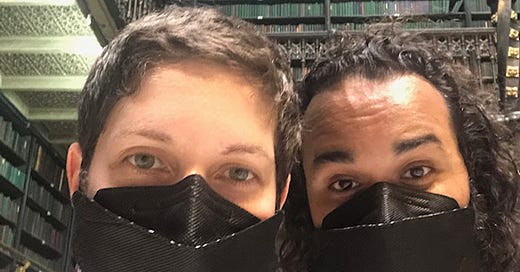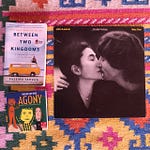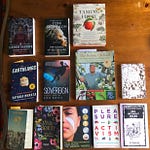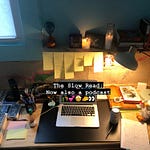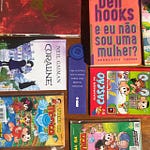There is no space on my nightstand for a coffee cup. It’s crowded with books, each one charged with emotion. Wonder. Excitement. And sometimes, notably, guilt.
Why guilt? Because I’m not reading them fast enough.
‘Says who?’ you ask. ‘You’re an adult. You don’t have homework anymore. Who is telling you you’re not reading fast enough?’
I’ll tell you who: the Internet. More specifically, a particular corner of social media known as Bookstagram.
For those who are unfamiliar, Bookstagram is a specific type of Instagram account that celebrates and promotes bibliophilia. It’s a mixture of authors, influencers, and regular readers, all bursting to tell you about their TBR (‘to-be-read’) list and their most recent recommendations. #Bookstagram has over seventy-two million posts. You may have seen some of the images: plush reading nooks, libraries with gothic arches, bookshelves arranged by the ROYGBV color spectrum. This recent Times article explores the story of a private library that became Instagram famous. Even this newsletter is an echo of the internet culture created by Bookstagram. Here, I am writing about the things I am reading, however slowly. I should be an avid Bookstagrammer, shouldn’t I?
In her 2019 book How to Do Nothing, Jenny O’Dell discusses the attention economy created by social media and how it facilitates “context collapse.” As so many sources vie for our online attention with the flashiest headlines, quippiest phrases, and most aspirational images, context is often lost. Bookstagram is not immune to this context collapse. And yet, it is deeply focused on books—a form of media that must be laden with context in order to be considered successful. World building? That's a story's context. Characterization? Context. Dialogue? Born from context.
In the world of Bookstagram, being a fast reader is highly valued, but I question whether or not this approach translates to a reader’s understanding and enjoyment of a story and its context. For me, the context is where the joy of a story lives. It’s the thing the author put all that time and effort into. Without it, you just have an outline of the hero’s journey, boy-meets-girl, or any other story structure people consider to be “universal.”
A few weeks ago, I got together with my long time friend Sarah Ropp to talk about reading habits and the joy of story. What resulted was a very long, very fun conversation that I’ve turned into a limited run podcast for The Slow Read. Our first topic: reading speed, Bookstagram, and capitalism’s influence on reading and schooling. Our first episode hits inboxes today at 2pm today. Take a listen.

